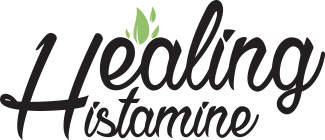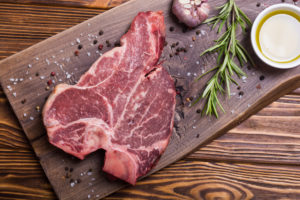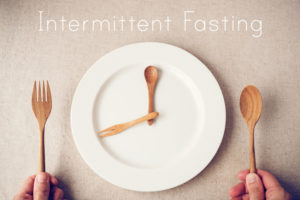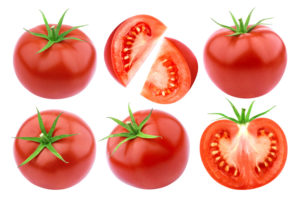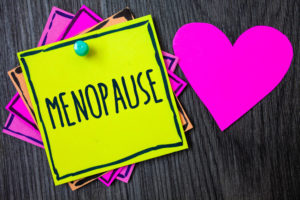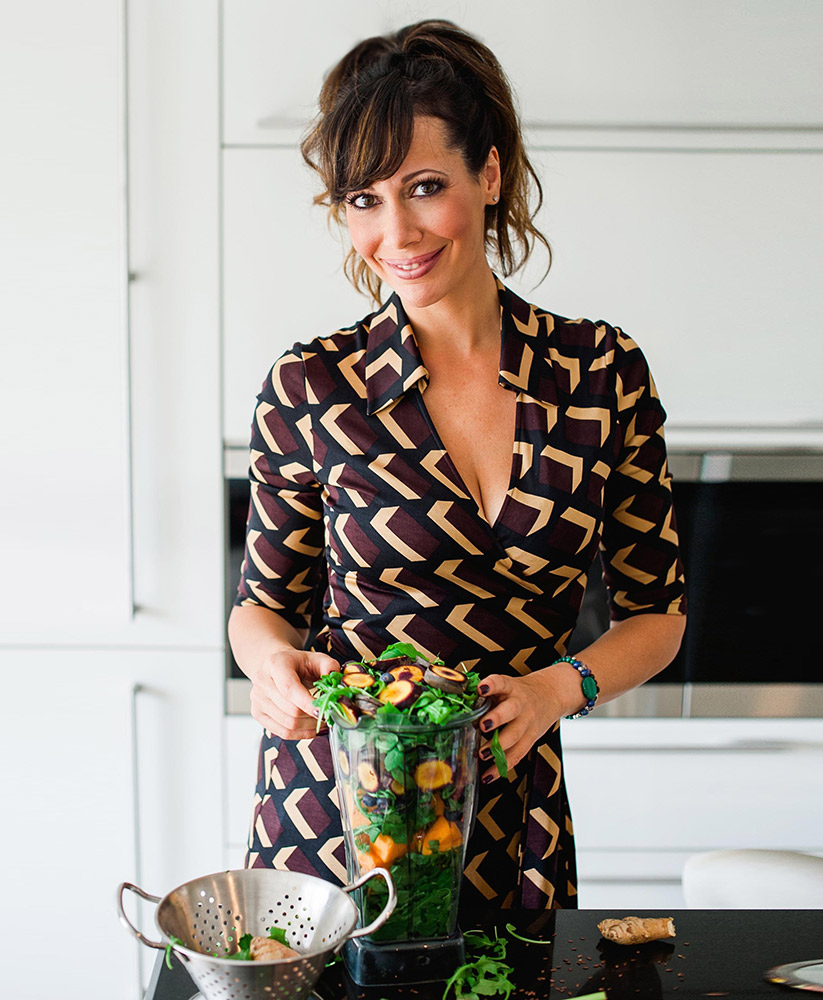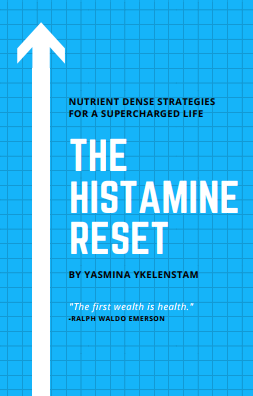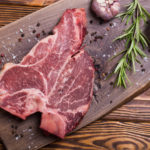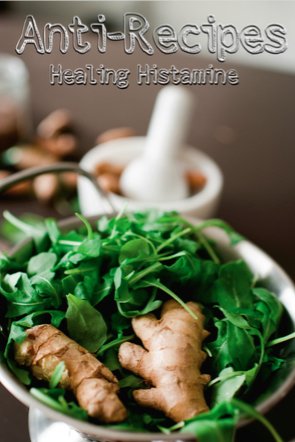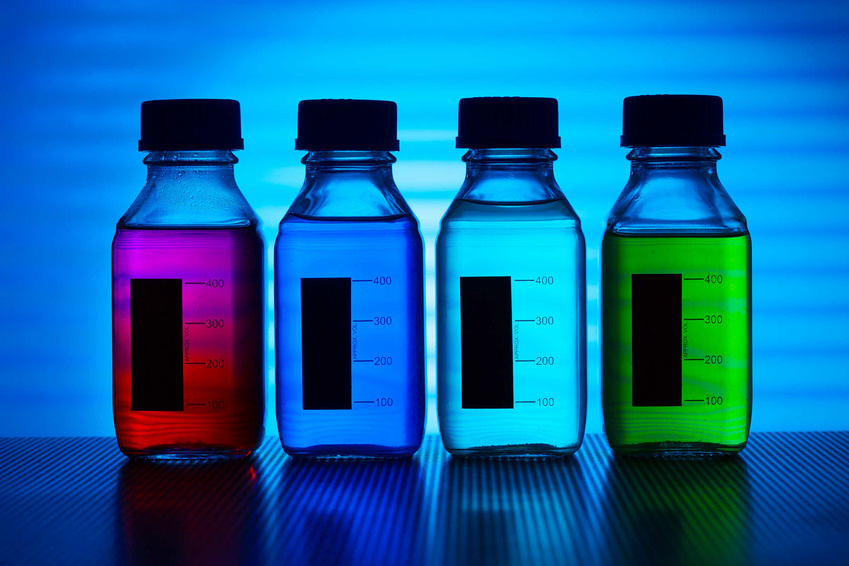
Some of the following ingredients, which are commonly found in health foods too, either directly raise histamine, or trigger inflammation generally. The latter is something to be avoided at all costs, especially when there’s no good reason to keep them in the diet.
Inflammation compounds. You can have a normal-ish histamine level, but if your prostaglandins are a little elevated, it can increase histamine’s inflammatory effect on the body. If your leukotrienes are high, then the effect of prostaglandins and histamine inflammation is more pronounced. Now if your interleukins are high, then histamine, prostaglandins and leukotrienes…you see where I’m going with this.
That’s because the aforementioned compounds are all released by mast cells (a while blood cell in the body), or synthesised, when they break open. That’s only supposed to happen when we need healing, but sometimes in folks with mast cell activation and histamine inflammation, they can be chronically triggered by allergies, stress, injury, and cause a whole mess of crazy inflammation with an endless series of bizarre and rotating symptoms.
More on histamine intolerance symptoms.
 Histamine & Mast Cell Triggering Ingredients
Histamine & Mast Cell Triggering Ingredients
Carrageenan
On the surface, like a number of these ingredients, this is a natural product found in health foods and beauty products, as well as toothpaste, sodas, ice cream, pretty much anything processed. Though its origin is Irish Moss seaweed, by the time they’re finished processing it, there’s very little resemblance to a natural food/sea plankton. Carrageenan is such a histamine trigger that it’s used by researchers to induce allergic type responses and inflammation so they can test antihistamine and anti-inflammatory compounds.
Emulsifiers & Binding agents
These go by many names: carrageenan, locust bean, guar gum, lecithin (which can be made from egg), so many names in fact, that one study I read advised that the only real way to make sure you’re not eating them, it to avoid all processed foods entirely.
Mice treated with emulsifiers, a class of food additive that includes carrageenan, xanthan gum and lecithin (all of which are found in “natural” products), not only developed gut inflammation, they also showed signs of metabolic syndrome (obesity, high blood sugar and insulin resistance). The study showed that these food additives affect gut bacteria in animal studies, with an earlier study revealed that emulsifiers promote the development of inflammatory bowel disease in genetically predisposed mice. I repeat, anything that causes generalised inflammation will be a problem for us.
Histamine triggering Food colours
- Titanium dioxide
- Tartrazine (yellow dye)
- Sunset yellow (yellow dye)
- Coccine (red dye)
- Amaranth (also called a “natural” dye)
- Erythrosine
- Indigo carmine (FD&C Blue No. 2)
- Ponceau
- Brilliant Blue (FD&C Blue No. 1)
- Methyl blue
- Quinolone yellow
- FD&C Red
“Natural” flavours
Let’s start with the fact that it somehow became ok to use badger anal gland secretions as a “natural” flavour.
I don’t really know where to go from there, other than to tell you that’s not the most upsetting thing out there. That particular prize goes to human hair being used as a food additive. It’s unimportant which one at this point, because if you are reading my website and buying the books and programs I used to fix my histamine intolerance and mast cell activation, you will not be eating foods containing these ingredients anyway. The more I read, the more I’ve understood that in this day and age, it’s simply a terrible idea to be eating anything packaged.
The EWG’s David Andrews, senior scientist at the Environmental Working Group recently told CNN that “added flavoring, both natural and artificial, could contain anywhere from 50 to 100 ingredients. And all of the extra ingredients in flavors often aren’t as innocent as you’d hope they would be.”
So what are we going to eat then?
My books are made up entirely of natural foods with antihistamine and anti-inflammatory properties. If you hate to cook, or don’t have time to, just use them as a guideline. So a risotto with a bunch of ingredients just becomes a bowl of boiled rice with the veggies and herbs quickly tossed in. That’s how I eat most of the time nowadays because I’m always on the run somewhere. More often than not it all gets thrown into a tupperware with me and I eat it on the road somewhere. Healthy foods can be prepared quickly with minimal fuss and cost.
You’ll find recipes full of foods with antihistamine and anti-inflammatory properties my books Anti-Recipes and The Anti-Cookbook
CLICK HERE FOR A FOUR WEEK HISTAMINE RESET WITH MEAL PLANNERS, STRESS RELIEF STRATEGIES & MORE
———REFERENCES———
Sharp, Sonja. “The Human Hair Additive in Your Food.” Mother Jones, 26 June 2017, www.motherjones.com/politics/2010/03/human-hair-additive-your-food/. Accessed 10 Sept. 2017.
“Carrageenan triggers histamine | Healing Histamine.” Healing Histamine | Histamine Intolerance Diet Foods Recipes, 17 Aug. 2017, healinghistamine.com/carrageenan-causes-histamine-induced-inflammation/. Accessed 10 Sept. 2017.
Burn, Life by Daily. “What are natural flavors, really?” CNN, Cable News Network, 14 Jan. 2015, www.cnn.com/2015/01/14/health/feat-natural-flavors-explained/index.html. Accessed 10 Sept. 2017.
“Junk food triggers allergies and causes leaky gut | Healing Histamine.” Healing Histamine | Histamine Intolerance Diet Foods Recipes, 7 Sept. 2017, healinghistamine.com/junk-food-triggers-allergies-and-causes-leaky-gut/. Accessed 10 Sept. 2017.
“Preservative.” Wikipedia, Wikimedia Foundation, 22 Aug. 2017, en.wikipedia.org/wiki/Preservative#Antimicrobial_preservatives. Accessed 10 Sept. 2017.
“Castoreum.” Wikipedia, Wikimedia Foundation, 3 Sept. 2017, en.wikipedia.org/wiki/Castoreum. Accessed 10 Sept. 2017.
